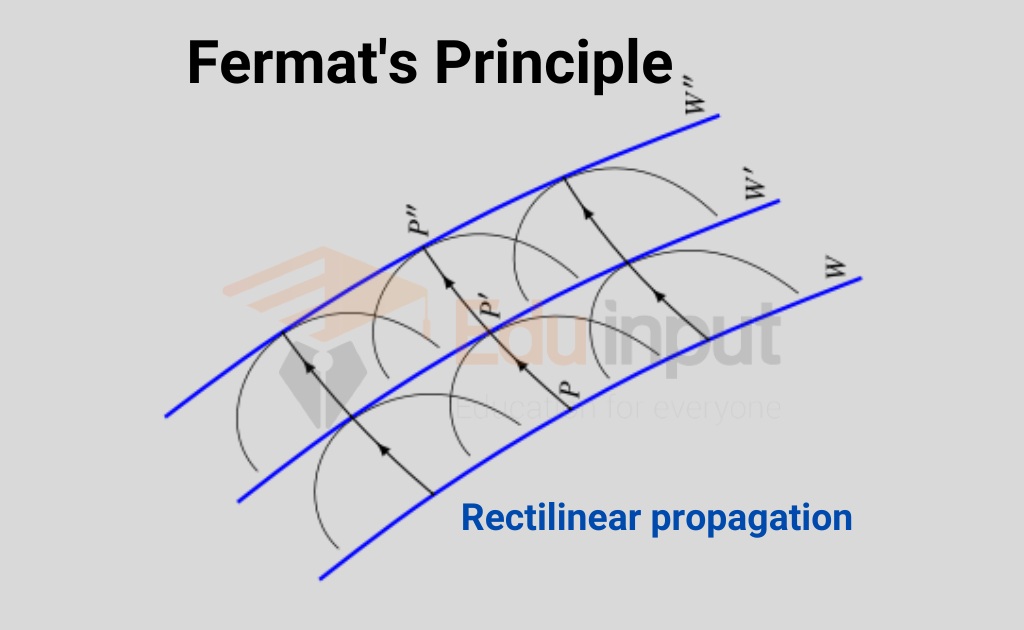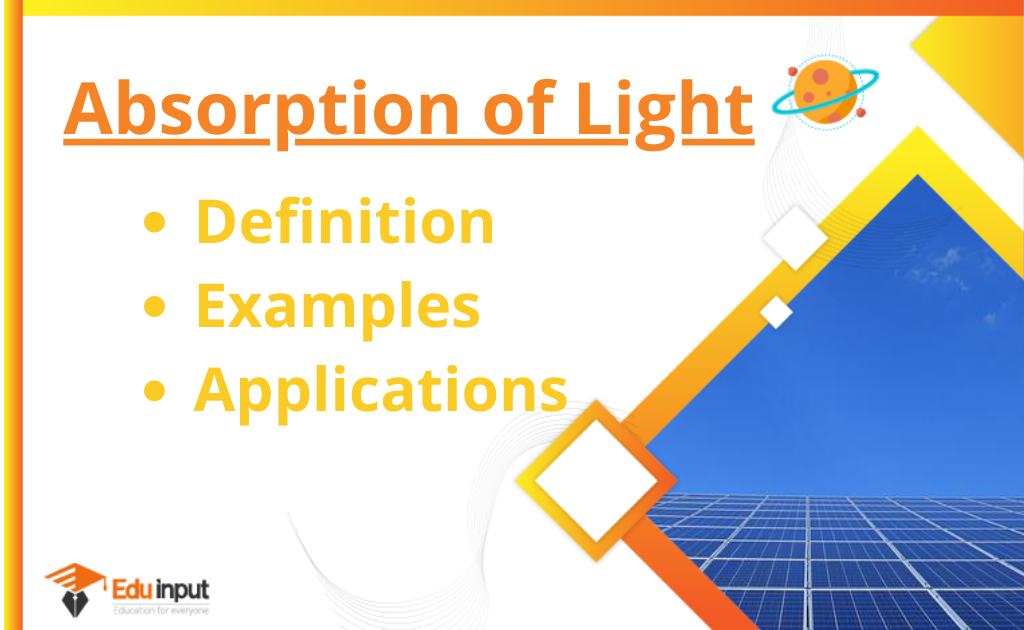Fermat’s Principle-Definition, And Special Cases
Fermat’s principle states that the path taken by a ray between two given points is the path that can be traveled in the shortest time.
To be true in all cases, this statement must be weakened by replacing the “minimum” time with a time “at rest” relative to the path variation such that deviations in the path cause at most second-order variation in lead time.
Fermat’s principle
Fermat’s principle is also known as the shortest-time principle. The refraction behavior of light has been a source of study and consternation for centuries because a simple relationship between the angle of incidence and refraction could not be established.
In 1621, Dutch researcher Willebrord Snell discovered that, for a given pair of media, the sine of the angle of incidence and angle of refraction maintains a constant ratio, an experiment worth trying yourself.
Although Snell is correct, this observation of the effect has nothing to do with the cause. He also claimed Snell’s discovery as his own. Fermat found this acceleration absurd and looked for a reason for the behavior of light.
Special Cases of Fermat’s Principle
There are two special cases of Fermat’s principle:
- Isotropic Media
- Homogeneous Media
Isotropic Media
Since the velocity of propagation in an isotropic medium is direction-independent, the secondary wavefronts propagating from a point on the primary wavefront in a given infinitesimal time are spherical, such that their radii are perpendicular to their Common facets at points.
But their radii mark the direction of the light rays, and their common tangent plane is a general wavefront. Therefore, the light rays are perpendicular (orthogonal) to the wavefront.
Since most optics courses focus on isotropic media and treat anisotropic media as an optional topic, the assumption that light rays are perpendicular to the wavefront has become so common that even Fermat’s principle is explained in terms of this assumption, but in fact, it is the Fermat principle is more general.
Homogenous Media
In a homogeneous medium all secondary wavefronts propagating from a given primary wavefront W within a given time Δt are congruent and have similar directions, so their envelopes W’ can be seen as the envelope of a single secondary wavefront, which maintains its orientation as its center (source) moves across W.

If P is its center, and P” is its point of tangency to W”, then P’ moves parallel to P, so the plane tangent to W’ at P’ is parallel to the plane tangent to W at P. Another secondary wavefront is consistent and similarly oriented centered on P’, moves with P, and meets its envelope W” at point P”.
Then, in the same way, the plane tangent to W” at P” is parallel to the other two planes. Therefore, due to the consistent and similar orientation, the beam directions PP’ and P’P” are identical but not necessarily perpendicular to the wavefront, since the secondary wavefront is not necessarily spherical.
Related FAQs
Who stated Fermat’s principle?
A French mathematician, Pierre de Fermat stated Fermat’s law.
What is the Fermat principle for refraction?
Fermat’s principle states that when a light ray moves from one fixed point to another fixed point, through any number of reflections or refractions, the total optical path followed by the light ray should be stationary; it will either be minimum or maximum.
Why does light take the shortest path?
Fermat’s principle of the least time traveled by light is used to understand how light rays travel. According to this particular principle, the path taken by the light between any two points is the path that can be taken in the shortest time period, but it is not necessary to be the shortest path.
Can light be slowed to zero?
Light, which travels at a speed of 300,000 km/sec in a vacuum, can be slowed down and even stopped completely by methods that involve trapping the light inside crystals or ultracold clouds of atoms.

 written by
written by 





Leave a Reply